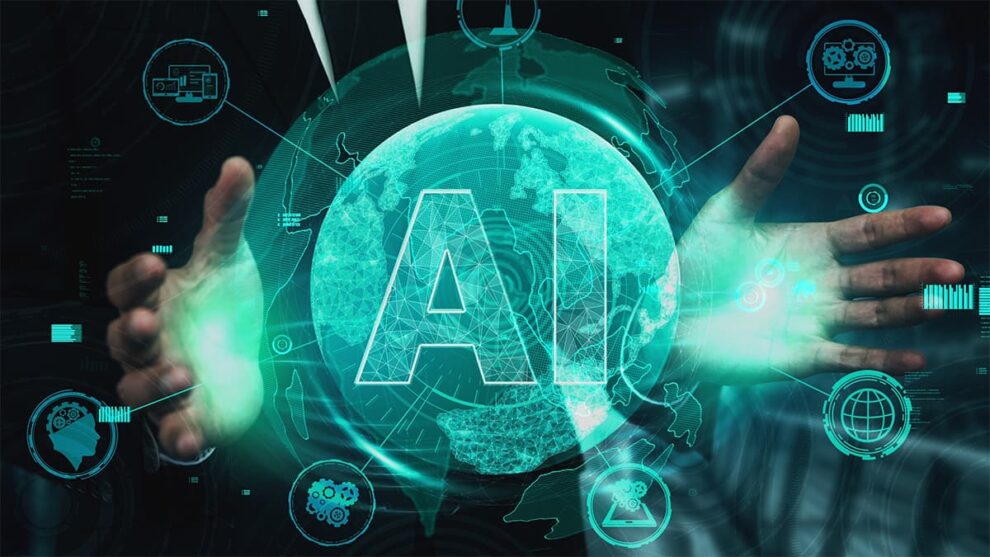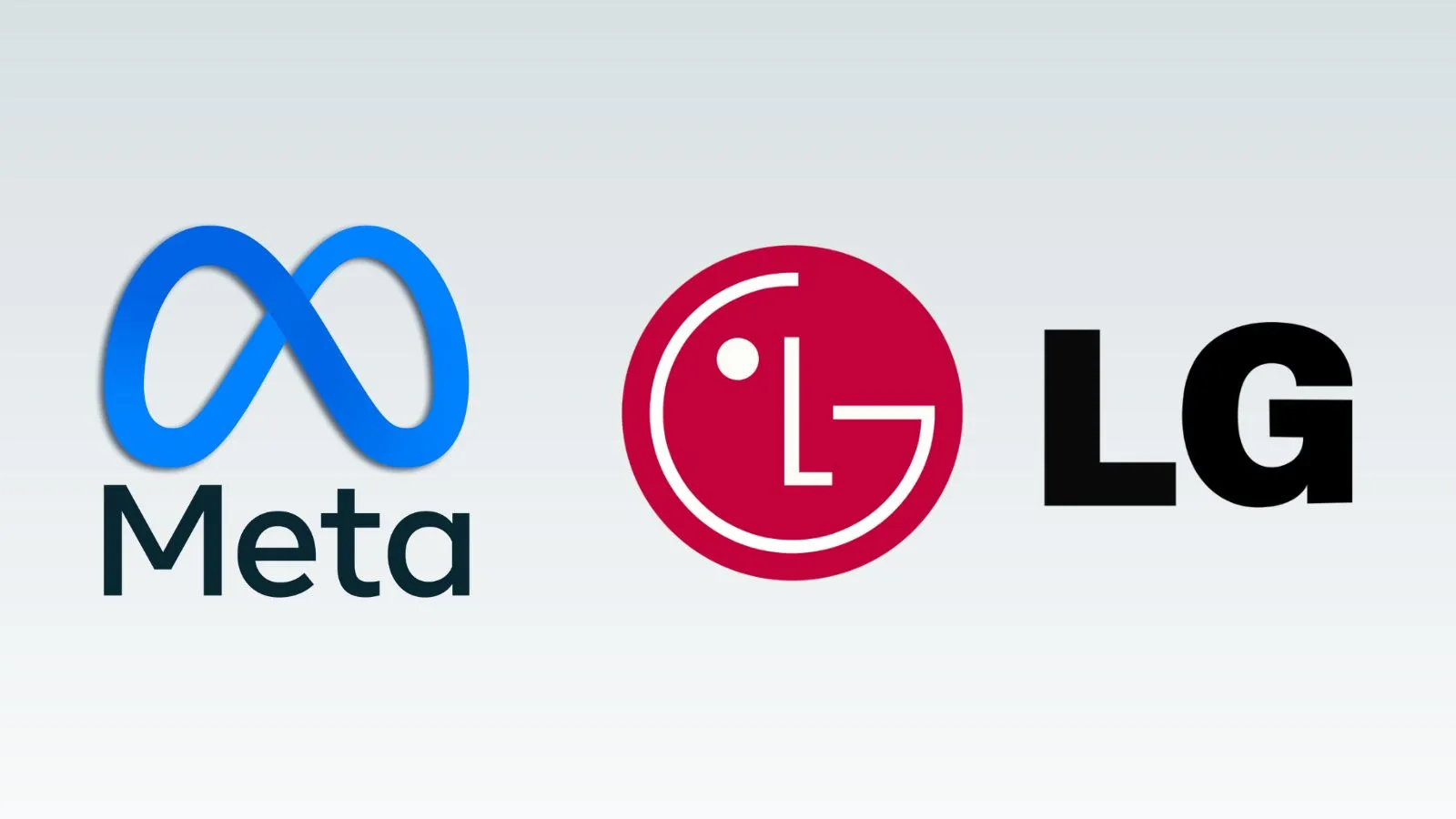With the advent of the digital age, the use of technology in all aspects of business has changed not just the way enterprises operate but also how they engage with employees. In today’s knowledge economy, enterprises realise that employee engagement is vital to their success as it directly influences innovation, productivity, and customer experience. In this landscape, the emergence of Artificial Intelligence (AI) is helping organisations redefine employee engagement while permitting novel approaches to collaboration, communication, and productivity.
As AI redefines employee engagement, it represents a more empowered future for employees. By enhancing communication, providing personalised experiences, offering predictive insights, augmenting L&D and promoting employee well-being, AI can substantially increase productivity levels and overall business performance. In the coming days, organisations that utilise AI to engage employees effectively will enjoy a clear competitive edge in an increasingly digital business universe. In short, AI would become indispensable for both employee and employer well-being.
In many offices, AI is employed as a transformative tool that is redefining how employees connect, communicate and collaborate.
Here are some specific areas where AI holds the potential to foster a learning and development (L&D) culture, thereby revolutionising employee engagement:
Personalising employee experience: By decoding work patterns, preferences and feedback, AI assists in creating a more personalised experience for employees. Furthermore, by customising the communication, benefits and development programmes to suit employee needs, organisations can enhance engagement and satisfaction levels.
Improving communication: It’s well known that AI-enabled chatbots answer queries and facilitate real-time communication while enabling 24/7 self-service options for employees. Communication patterns can also be analysed by AI to pinpoint areas of improvement and suggest suitable strategies to eliminate potential barriers to staff productivity. Additionally, routine HR work such as scheduling appointments, payroll and administration of benefits can all be automated. This frees the bandwidth of HR professionals, allowing them to focus on employee engagement and other critical tasks.
Enhancing L&D: Powered by AI, personalised training content can help transform the learning process, helping match employees’ skills, interests and professional goals more efficiently. Besides augmenting the learning experience, it empowers employees to take complete charge of their career growth.
Promoting predictive analytics: By discovering certain trends and patterns in employee behaviour, AI ensures organisations can proactively address issues that could impact engagement. For instance, AI could predict employees who are likely to leave the organisation, providing an opportunity for timely intervention to improve retention. What’s more, as per their skills, past performance and interests, AI could even recommend alternative career paths.
Ensuring better staff well-being: By checking data linked to workload, stress, and work-life balance, AI can be used to assess employee well-being. Engagement levels could also be boosted by implementing initiatives that promote a healthy work environment and offer personalised choices. Studies show that nearly 70% of employees are more comfortable talking to AI than to humans. Moreover, by identifying burnout cases in advance, AI can help employees overcome ongoing hurdles they face.
Creating an inclusive workplace: Sooner or later, AI will be well placed to eradicate unconscious biases in decision-making processes. This will make workplaces happier and more productive for employees. By promoting a diverse and more inclusive workplace, offices can become more efficient, increasing their employee satisfaction quotient.
Conclusion
There is great potential to use AI in redefining employee engagement. However, as AI keeps evolving and its use cases expand, organisations must pay attention to data privacy and ethical issues, among others. While deploying AI-powered tools, companies must respect the privacy of individuals and also ascertain ample transparency while using employee data.
 This article has been contributed by Mr. Meghan Nandgaonkar, Head of JDU, Fujitsu. He is a Global Digital Leader who has developed a unique perspective, owing to his experience as a consulting and delivery partner for leading CIOs and recently as a CIO himself. Passionate about customer experience, the power of digital, and a firm believer in the ‘First Penguin’ approach, Meghan has been a key driver in Fujitsu’s growth story across the GDCs. In his current role, Meghan leads JDU, a global team in Fujitsu that is focused on service delivery for Japanese customers and is spread across China, India, Malaysia and Philippines. The team works closely with JGG (Japan Global Gateway) and together it aims to transform the delivery model for Japan with a deep focus on standardization, automation and shared services.
This article has been contributed by Mr. Meghan Nandgaonkar, Head of JDU, Fujitsu. He is a Global Digital Leader who has developed a unique perspective, owing to his experience as a consulting and delivery partner for leading CIOs and recently as a CIO himself. Passionate about customer experience, the power of digital, and a firm believer in the ‘First Penguin’ approach, Meghan has been a key driver in Fujitsu’s growth story across the GDCs. In his current role, Meghan leads JDU, a global team in Fujitsu that is focused on service delivery for Japanese customers and is spread across China, India, Malaysia and Philippines. The team works closely with JGG (Japan Global Gateway) and together it aims to transform the delivery model for Japan with a deep focus on standardization, automation and shared services.
























Add Comment